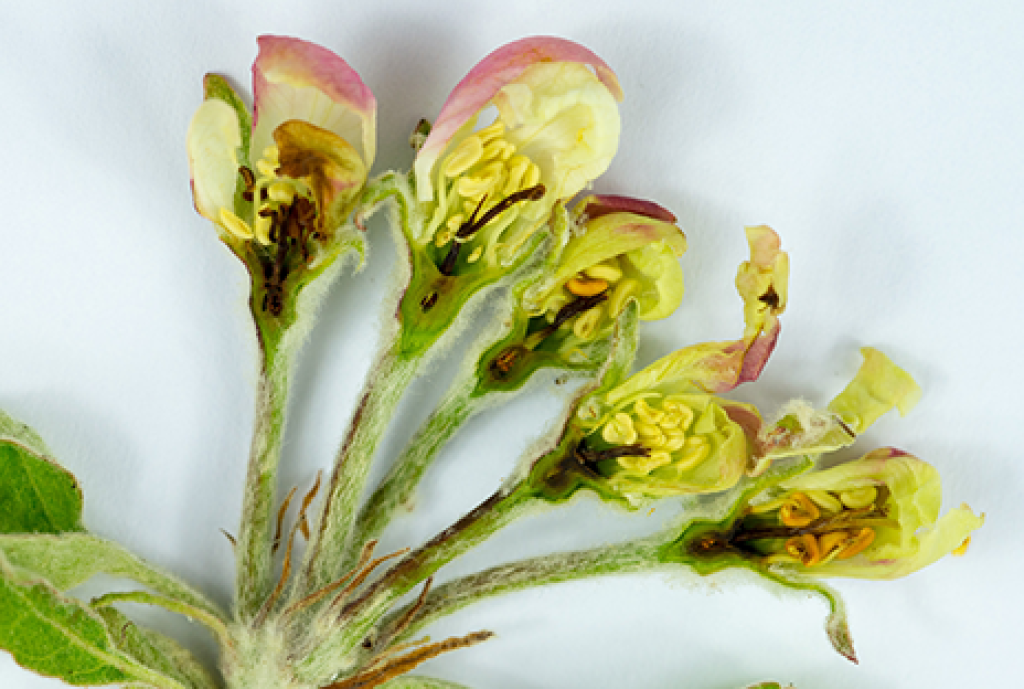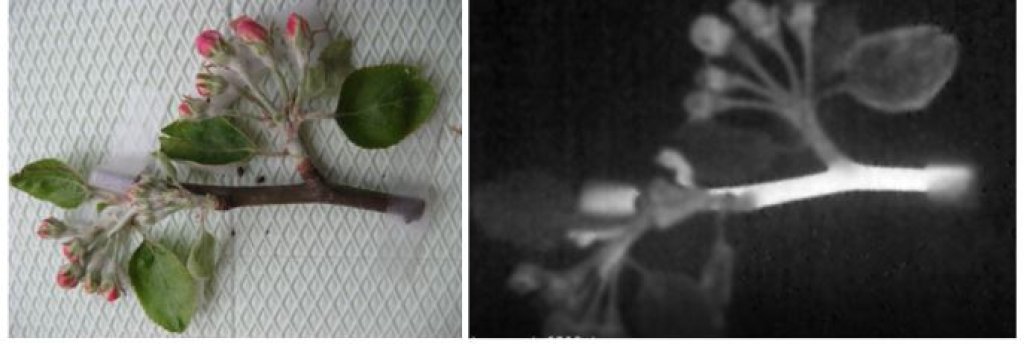Protect your fruit crops from FROST!
Spring frosts endanger your fruit crops
During winter the buds of fruit crops like apple, cherry, apricot and grapevine are perfectly protected from the harsh winter conditions with cold temperatures by a high degree of frost resistance. But when the fruit crops begin regrowth in spring the buds begin to swell and lose their ability to withstand very cold temperatures.
The risk is even bigger when the development is accelerated earlier in the season by warm temperatures followed by a temperature drop.
Phenological Stage and Critical Temperature: The more developed the more susceptible
The frost resistance is clearly correlated with the phenological stage of the fruit crop. The more developed the buds are, the lower is their frost resistance and already higher temperatures are critical and may cause potential damages.
If the frost event is very severe all the fruit buds are killed. But often the frost will only damage some of the flowers such as the most developed ones or flowers in the bottom of the tree.

The pistil is the most susceptible part of the flower
Not all parts of the flower are equally affected by the frost. The most susceptible part of the flower is the pistil. When the pistil was killed by the frost it turns black and is shrivelled. If the pistil is black after a freeze, the flower will not develop into a fruit. When the frost damage is more severe, the stamens and other parts of the flower will be damaged too.
What happens during freezing?
Once the freezing process has started at some point, the ice has propagated in the entire twig.

In a laboratory experiment we have measured the freezing process in an apple twig bearing two flower bunches. As the freezing process is exothermic and releases heat, the freezing can be detected simply with a temperature detection.
Using an Infrared camera we could measure the freezing process in real time.
In the video freezing is indicated by light colours.
How to apply AMALGEROL and AMALGEROL ESSENCE in frosty conditions
This secures your yields by avoiding crop losses
Prevention before the frost event:
Application:
- 3 days prior to the frost event
- 5 l/ha AMALGEROL or 3 l/ha AMALGEROL ESSENCE
- Sufficient amount of water for good coverage but not much in order to prevent extensive run-off
Regeneration after the frost event:
Application:
- After the frost event
- Second application 8 to 10 days later
- 5 l/ha AMALGEROL or 3 l/ha AMALGEROL ESSENCE
- sufficient amount of water for good coverage but not much in order to prevent too much run-off
Knowledge for you
More questions?
If you need more information, our team will be happy to help you.

Dr. Jürgen Hacker
Senior Product Development Expert